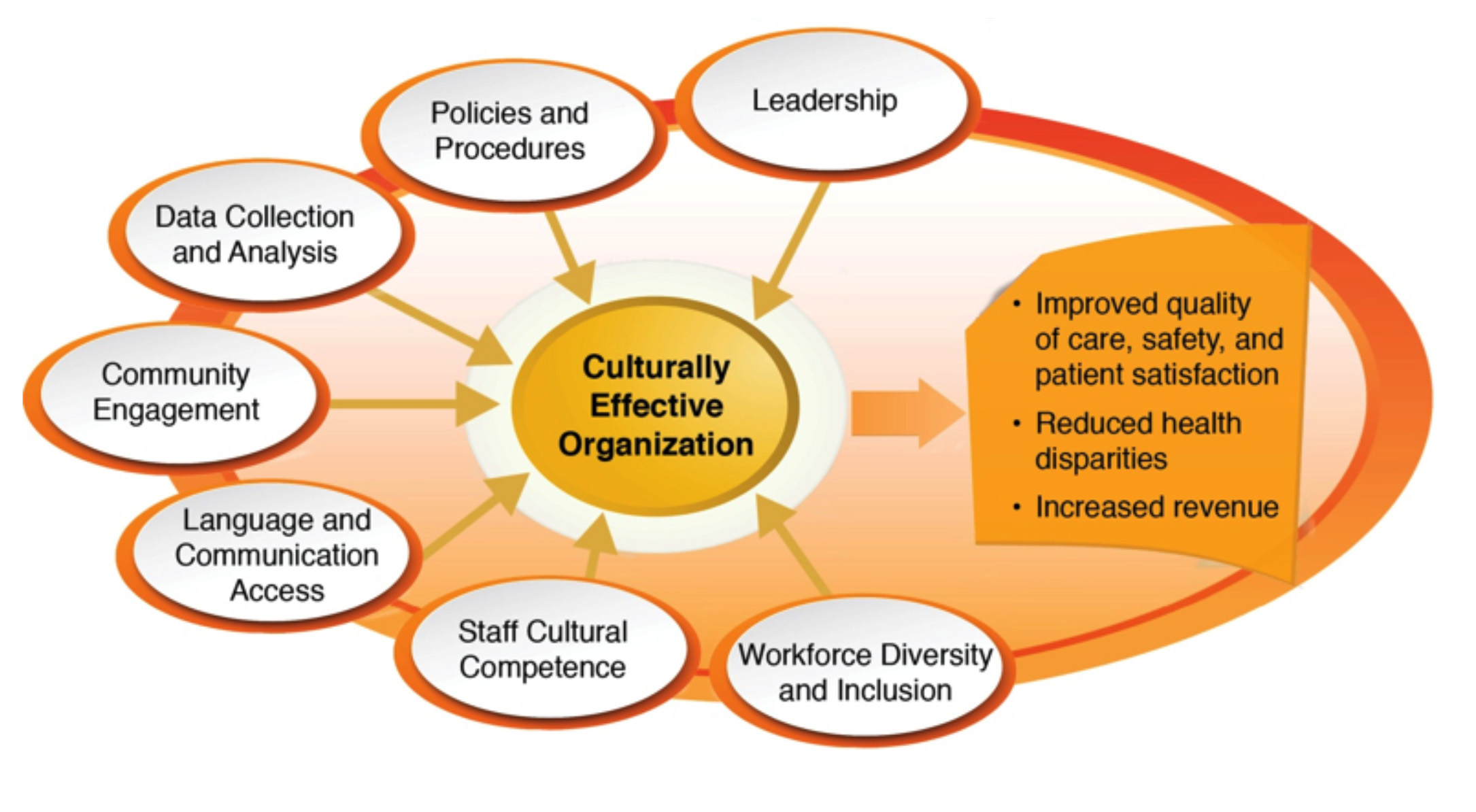Employers' Role in Fostering Equitable Career Pathways
Advancing in the healthcare workforce requires more than just initial skills training and education and entry-level job placement. The Health Profession Opportunity Grants (HPOG) Program provides education and training to low-income individuals for jobs in healthcare, a field with higher wages and occupations that are expected to experience high demand over the next decade. Evaluations of the HPOG Program show that many participants complete education and training and attain jobs in healthcare at low -entry level wages, but career advancement is still out of reach for the majority. While many participants strive for higher level healthcare jobs that offer middle-class incomes, most get stuck in positions with few advancement opportunities. Additionally, women of color are overrepresented in positions that offer little opportunity for growth compared to white workers and men of color, indicating that they face additional structural barriers to advancement.
For the last decade, through the Health Professions Opportunity grants-University Partnerships (HPOG-UP) 1.0 and 2.0, IERE has been working to understand employers' role in both health and economic equity. In HPOG-UP 1.0, we worked with the New Hampsire Office of Health Equity to study the healthcare workforce in the rapidly diversifying areas of Nashua and Manchester. Through this study, we developed a framework for encouraging equitable career advancement in workplaces while fostering health equity in surrounding regions. In HPOG-UP 2.0, we worked with a regional workforce development agency, the Health CareeRx Academy in Bridgeport, Connecticut, to pilot career advancement curriculum and better understand the relationship between workforce development sites, education and training sites, and employers.
Fostering Equitable Career Pathways
The IERE team most recently collaborated with The WorkPlace of Bridgeport, Connecticut, on their HPOG-funded Health CareeRx Academy. Over their years of studying career pathways programs, they observed that many programs have transactional relationships with employers: programs provide a supply of potential employees to meet employer demand. That strategy may work well in some sectors, but in healthcare, the supply and demand model is no longer sufficient to set participants on a path toward long-term careers.
The first round of HPOG was implemented just after the Great Recession in 2008. It highlighted the ways healthcare employers can shape local labor markets as communities face economic recovery. Employers can also have a hand in creating a more equitable recovery by actively addressing racial, ethnic, and gender inequities in the workforce. Now in 2020, the U.S. is in the midst of a global pandemic and a national moment of recognition about the value of essential healthcare workers, as well as the health disparities within communities of color. This moment offers employers and workforce development programs a critical opportunity to engage in proactive partnerships for health career advancement with equity to improve both employer and participant outcomes.
Although organizations have different capacity levels and resources they can put toward building their own career pathway programs, through its work with HPOG, IERE identified five scalable strategies that workforce development systems and related programs, such those funded by HPOG, can use to improve career advancement opportunities for participants. Some of these strategies can be applied by an individual employer, and some may involve pooling the resources of multiple smaller firms. By combining resources, smaller firms can build their capacity to scale impact across the region.
Read more about how employers can foster equitable pathways
Culturally Effective Organizations
In New Hampshire, IERE researchers worked to understand the needs of a rapidly diversifying area. Black and immigrant women were over-represented in the entry-level of health careers and, at the same time, broad health disparities existed. We developed a framework for addressing both of these issues centered around creating Culturally Effective Organizations.

